Advertisement
Advertisement
In other news that makes no sense: the HiLux with the best engine is probably the most overlooked
on the second-hand market.
Unpopular opinion: HiLux diesels have never been that good. The 3.0L D4D probably came the
closest to being halfway decent, but it was largely eclipsed by engines in other makes and models.
Don’t believe me? Go for a drive in one, then hop into a Ranger 3.2L, or an Amarok V6, or an Isuzu 4J
and let me know the results. The HiLux is really nothing special in comparison, and I say that as a die-
hard Toyota dork.
If we’re being honest, the mighty Lux has never really been known for great engines. They’re
reliable, sure, some are even fuel-efficient but almost none of them would ever really put a smile on
your face when you mash the loud pedal. They were built to work, not excite – not that there’s
anything wrong with that.
For years, fans begged Toyota to put decent powerplants behind the HiLux badge. They had plenty
of options to make them something special – 1UZ-FE, 1JZ, 2JZ, any of the 1HD line, the 4.5L V8 From the Cruiser… but for whatever reason (coughbecausethey’resoftcough) nothing really good made
it into the Luxy line-up.
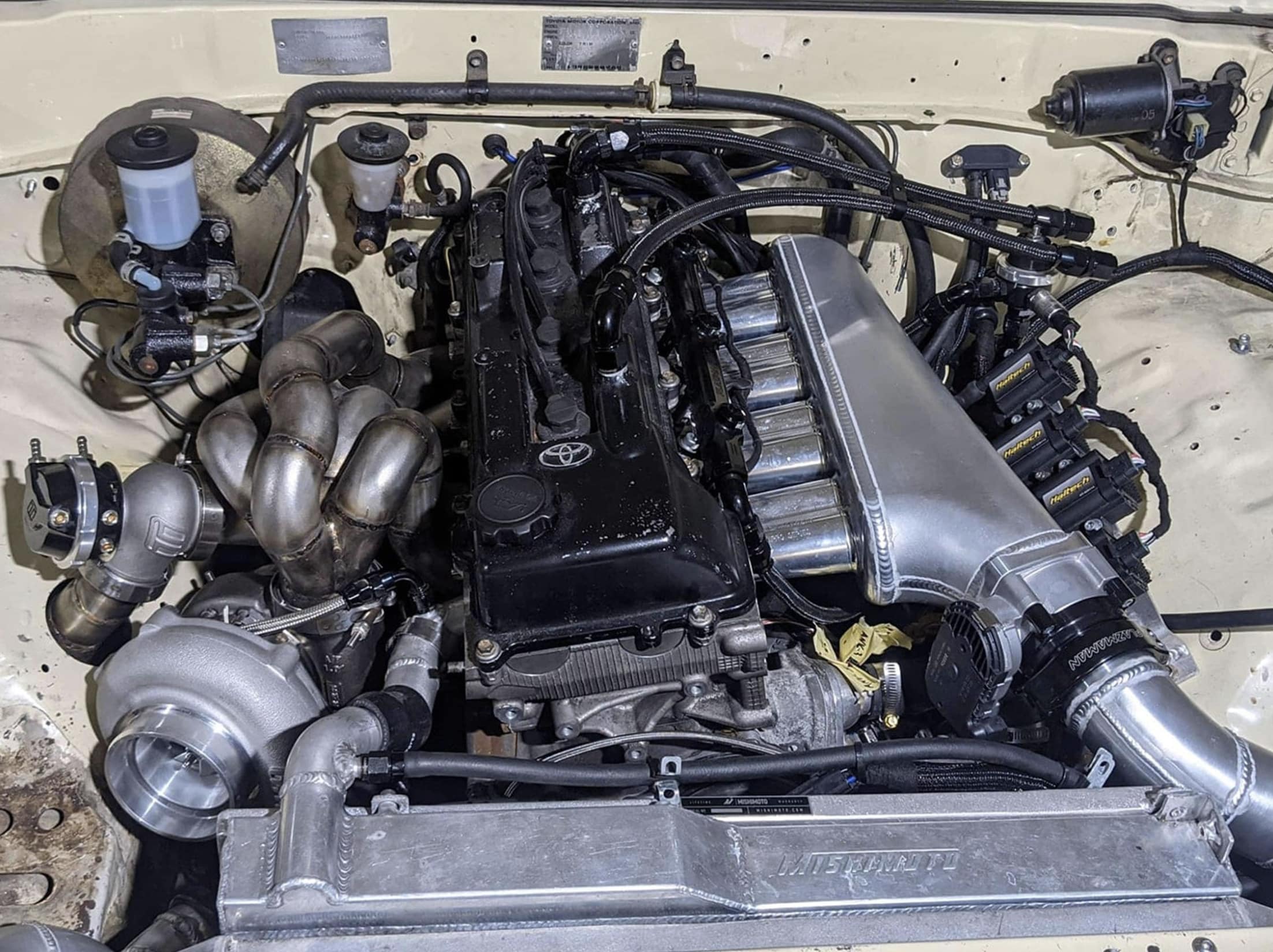
However, there was a period that offered the HiLux tribe a glimmer of hope. From 1997 to 2004 the
petrol engine offered in the HiLux was an absolute pearler. We’re talking about the 3RZ-FE 2.7L 4-
cylinder. A true masterpiece of automotive pornography, an engine that could relatively easily be
tweaked for big numbers with excellent reliability, a tough four-banger that’d hand a lot of the sixes
and eights found in other utes of the time a spanking.
Yet somehow, 3RZs are commonly overlooked by diesel-loving Australians. Which is really a shame,
because with a few mods these transform a humdrum HiLux into an absolute ball-tearer, guaranteed
to put a smile on even the meanest of mugs. Exactly what the HiLux always needed but never had.
It’s high time the 3RZ got the attention it deserves, so here’s our love-song dedication to one of the
best four-cylinder engines to ever exist.

Toyota really had no business putting an engine this sexy in the Luxies then basically dressing it in a
full-length kaftan, slapping some coke-bottle glasses on its face and making it wear a Mr T wig.
Understandably, it took a little while for folks to realise just how beautiful this thing was.
It displaced 2.7L, which is huge for a 4-cylinder and meant that power was going to be decent and
torque adequate (108kW & 235NM in this guise). The real diamonds in the rough, however, are
found in the very design and construction of the internals.
A cast iron block offered a bunch of strength while an aluminium head oversaw the running of the
show with double overhead cams, multi-point injection, four valves per cylinder and a healthy 9.5:1
compression ratio. None of which is exactly revolutionary, but Toyota were just getting started.
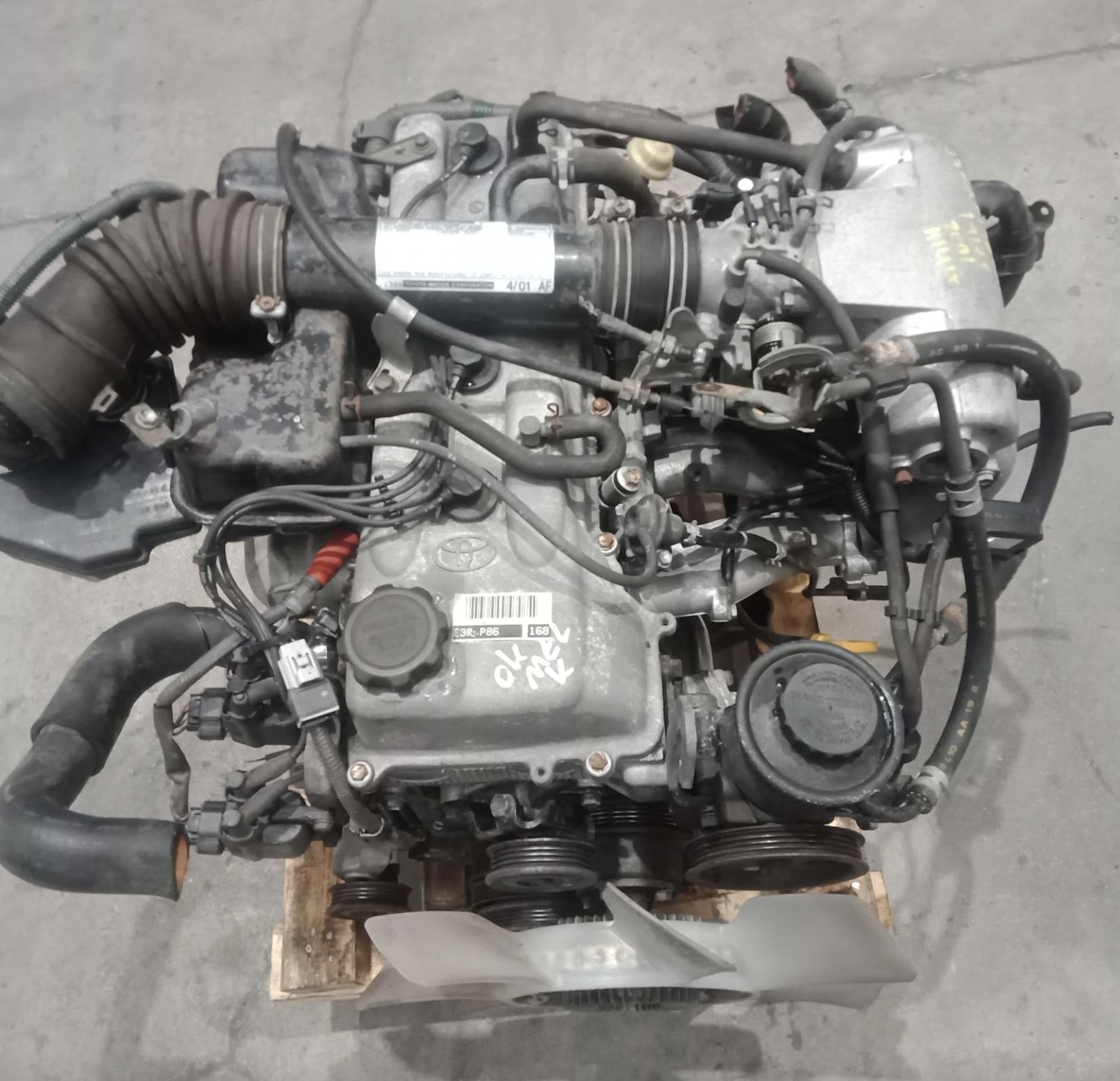
The main problem with running an inline four is that, essentially, you have two pistons travelling up
as the two opposing pistons travel down through the natural combustion cycle, which causes a lot of
vibration. This was mitigated in the 3RZ-FE through the application of counter-rotating, gear-driven
balance shafts that rotated at twice the speed of the crankshaft. Without getting into a lot of boring
physics, this made the engine exceptionally smooth and well-balanced throughout the rev range.
The crankshaft itself is a fully forged (aka strong as buggery) and balanced unit that runs eight
counterweights and has extra tough points in the form of hardened bearing journals and pins. These
things will outlive the nuclear holocaust.
While the engine is computer controlled, there are actually relatively few sensors and electrickery
onboard, especially compared to modern examples, making it both easy to tune and exceptionally
reliable. Toyota did incorporate Electronic Spark Advance so that the ignition timing is set by the
ECM, but this has proven to be a reliable (and tweakable) system, so we’ll let it slide.
What does all this amount to? A strong, under-stressed and torquey four-cylinder that was good for
half-a-million clicks (with regular maintenance, naturally) and is essentially a four-cylinder version of
the bulletproof 1FZ-FE 4.5L six found in the Land Cruisers of the time. Also, it meant that it was
absolutely begging to be modified for more horsepower, but we’ll get to that in a sec.
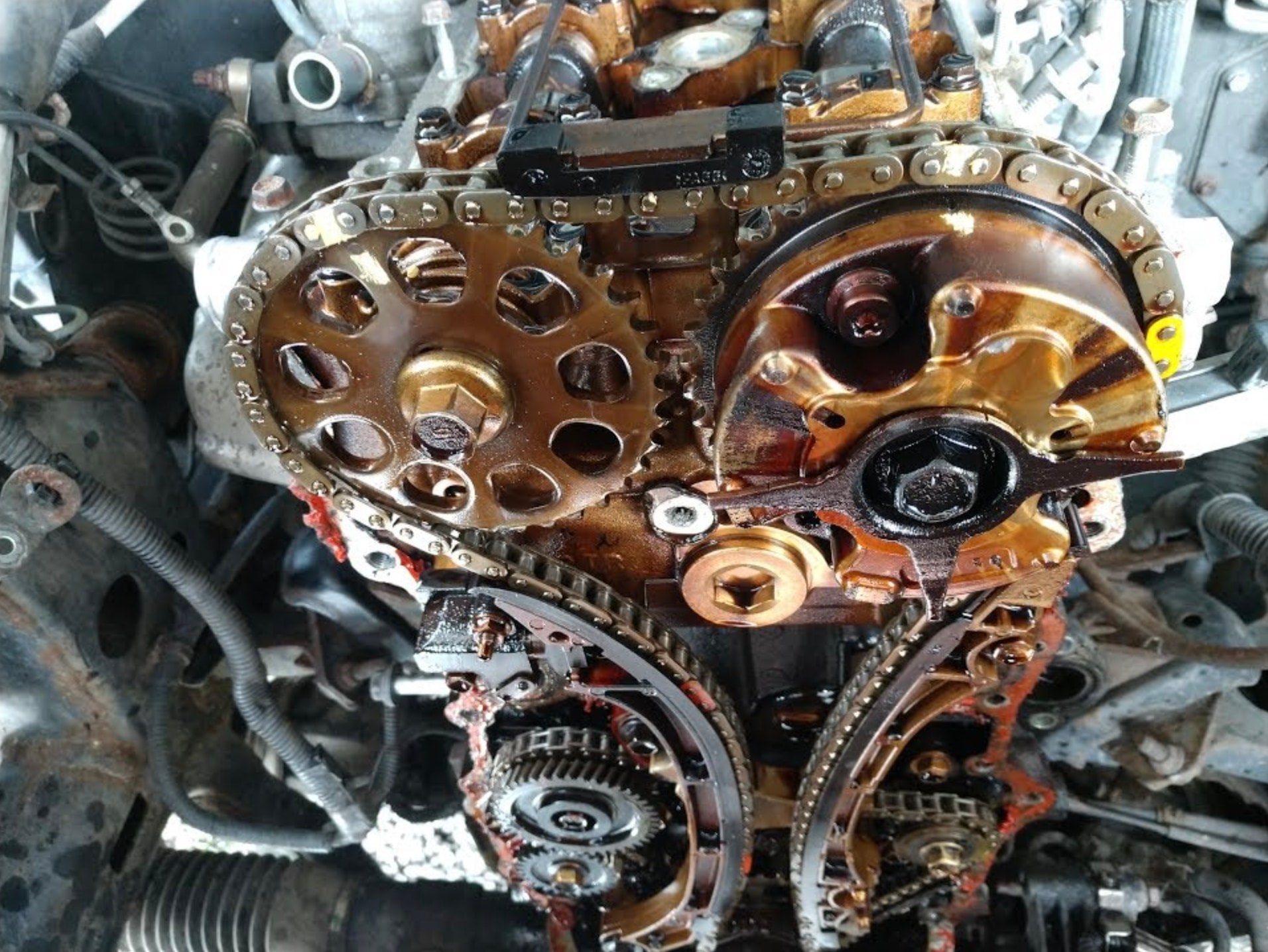
The main problem with the 3RZ is that it was tasked with moving la hefty HiLux, with the
aerodynamics of a shipping container, around at speeds north of 100km/h. Consequently, they were
deemed as thirsty – which they were – but it was hardly their fault.
The intake runners were designed as extra-long and there were two per cylinder, for increased
torque production, but even so, compared to larger capacity and turbo-charged diesels, they were
running a losing race.
Still, by and large these are still one of the most reliable engines Toyota has ever made, and they’ve
made a lot of reliable engines, so it’s saying something. Most problems usually arise from lack of
maintenance or using sub-standard aftermarket parts.
The timing chain should be replaced every 150,000km or so, along with the guides and tensioners,
and checked every service for excessive wear. This isn’t an exclusive problem with the 3RZs – any
vehicle with a timing chain will have them expand to the point they jump gears and cause issues if
left unattended for long enough – but many folks simply don’t change them, so it warrants a
mention.
The water pumps can also give up without prior warning if they’re worn out. They do have weep
holes for coolant and oil and if either fluid is coming out it’s past time to swap it out, or just change
it out every 150,000km and save yourself the headache.
Serpentine belts are also known for squeaking, and yep, you guessed it, it’s not an inherent fault
with the engine, it’s because it’s worn and needs changing (duh).
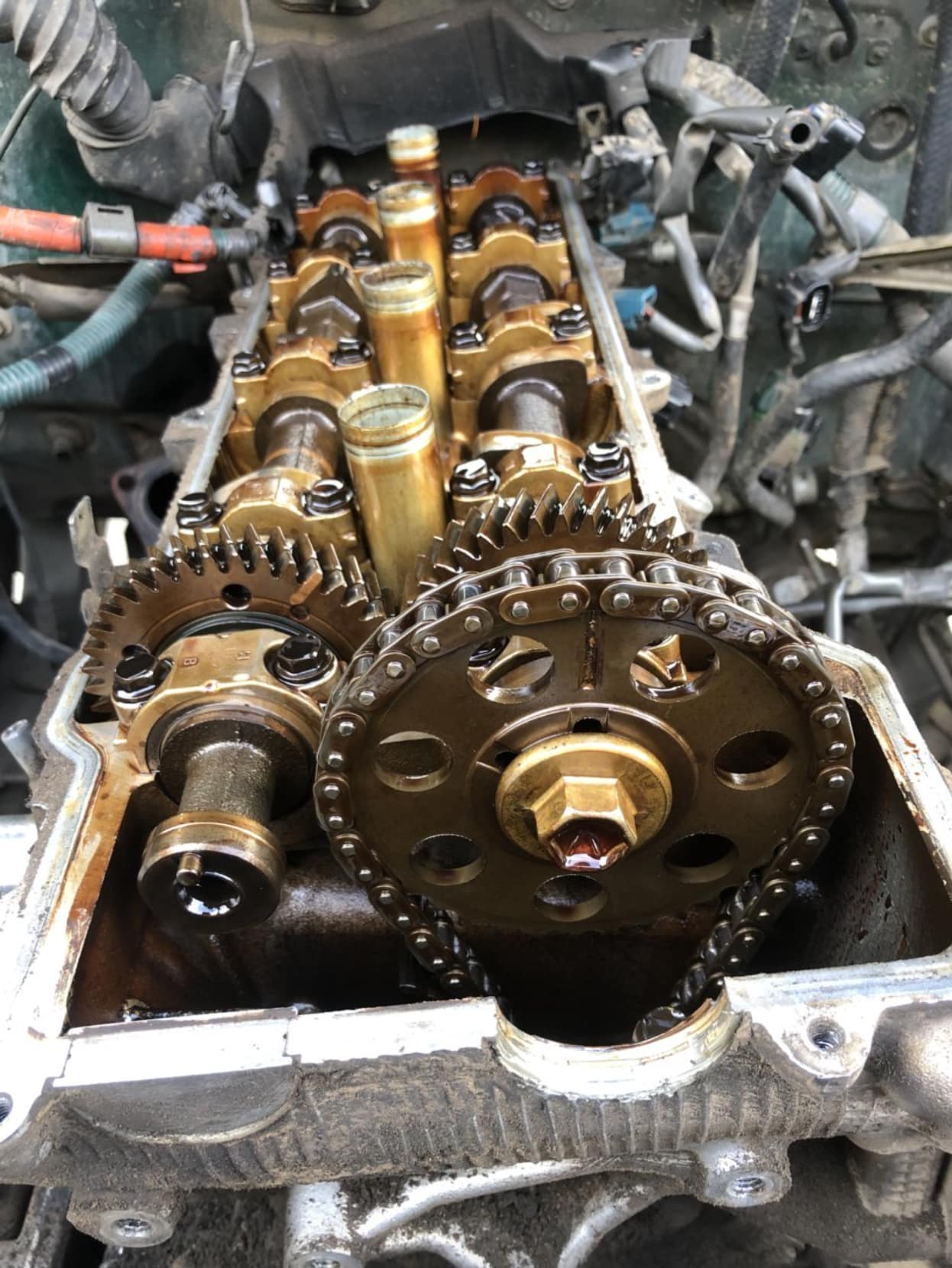
The last big one is the valvetrain. Surprise surprise, it’s usually damage caused by lack of
maintenance (gasp!) but every third service, it pays to check the valves and adjust if necessary.
Basically, valve lash decreases over time which allows the exhaust valves to not close fully, leading to
blow-by which gets into the combustion chamber and next stop: burnt-valve-town. So yeah, check
and adjust your valves.

The fact that the 3RZ produced so little power and torque from their hugely overengineered
internals was actually a great thing. It means they’re capable of so much more than most people will
ever ask from them.
They respond well to all of the usual suspects when it comes to power-ups. A free-flowing air intake
is generally a cheap and easy addition, followed by a larger exhaust to get things huffing along –
neither will get that much more power to the ground, but it’ll set you up nicely for further mods.
Cams can net gains right across the rev range and add a little fuel economy back into the mix too,
same goes for a more aggressive tune via an ECU re-write , piggyback unit or complete aftermarket
ECU set-up. Further gains can also be achieved via some head porting – although this one is difficult
to do at home and is probably best left to the experts.
From there, it’s forced induction time baby. These engines absolutely love a bit of positive pressure
through the intake and everything from some mild boost to blow-the-lid-off-the-bomb-shelter levels
of tomfoolery are achievable. Supercharging or turbocharging – it doesn’t matter, 3RZs are built to
be boosted. In fact, Toyota offered the engine with an optional supercharger through their TRD
models – you know, back when a TRD badge meant something.
This is a well-worn path too, there are hundreds, if not thousands of these donks with a snail
hanging off the side and there are kits available online offering all levels of power from “I just need a
bit more to get up that dune” to “Holy hell, I need to update my will!”
If you’re sensible (we’re not) and can drive like an adult (we can’t) and build your turbo system
within reasonable limits (we wouldn’t) you’ll actually see a net gain in economy too (we shan’t).
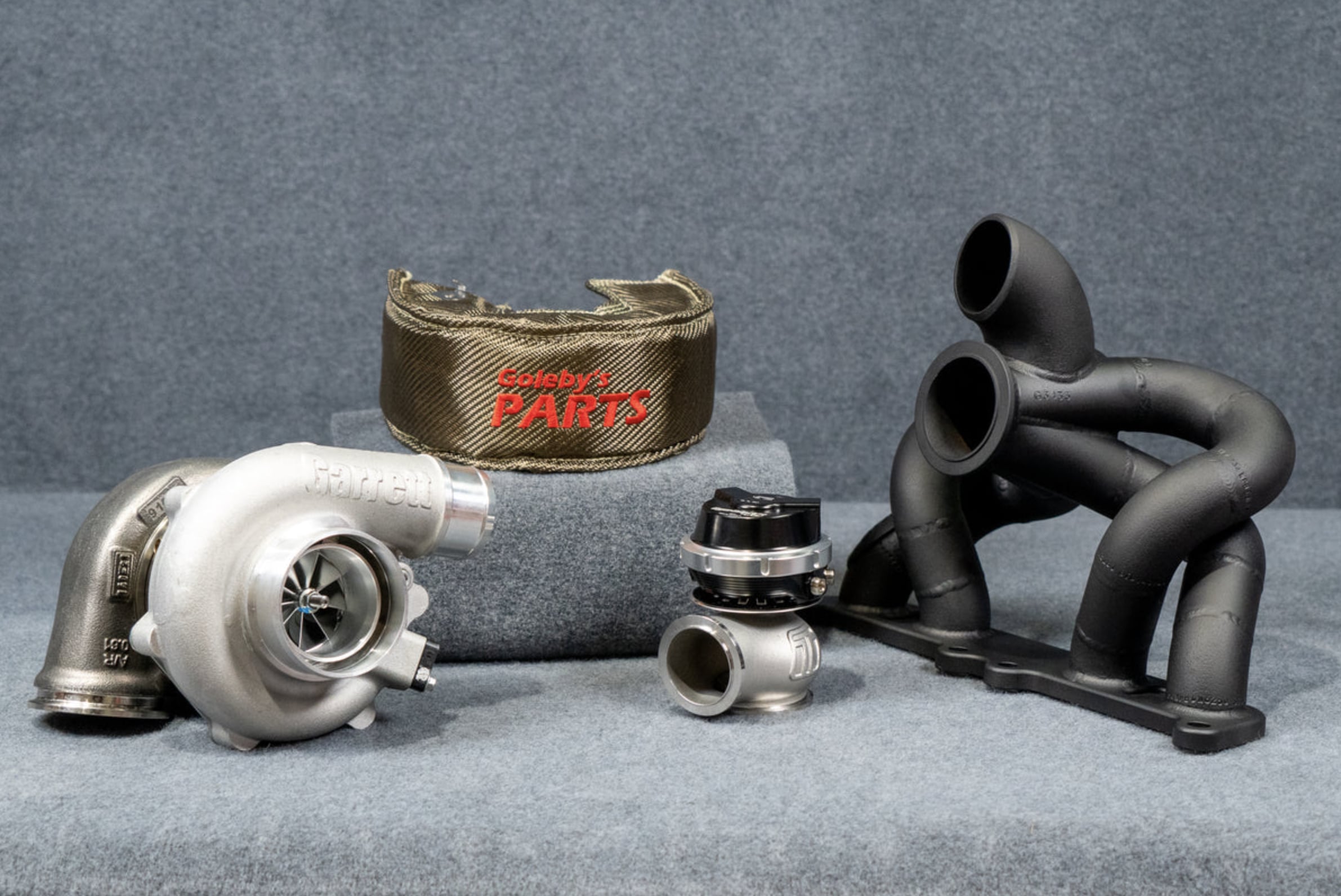
Ok, we need a new-to-us ute and have roughly $35K to spend. We COULD get a 2016-ish PXII Ranger Wildtrak, OR buy a 1998 3RZ-FE HiLux for about $10K and then…
Garret ball-bearing turbo kit: $5000
HaltechECU: $3500
Front Mount Intercooler: $1200
BOV: $300
Wideband 02 Sensor: $260
Upgraded pump and injectors: $1100
…which will still leave us enough to do the usual 4X4 upgrades like lift, tyres, barwork and lockers
etc.
Not telling you how to spend your money, just saying one way is living life like an accountant and the
other is living life like a rock star. Now excuse us as we have to lay down this sweet-as guitar riff in
front of a sold-out stadium, probably meet up with a lot of very attractive women and then go to a
party with heaps of cool people. Enjoy your Excel spreadsheet, nerd.
*Disclaimer: If you are an accountant and feel this is an unfair representation of your craft, we offer
our deepest apologies and would like to offer you a couple of backstage passes to our next show.
We’ll even give you a ride in our HiLux that’ll absolutely smoke your Ranger and have you questioning what you’re doing with your life – general advice only*